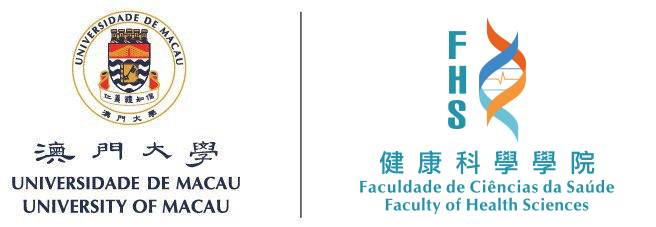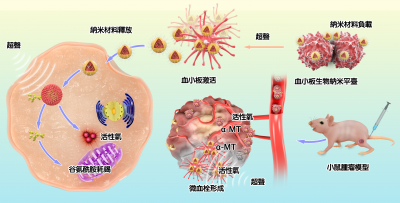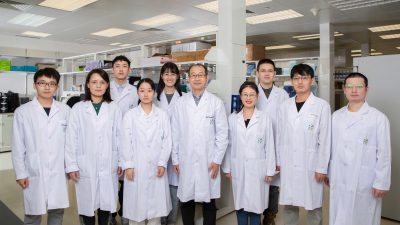A research team led by Xuanjun ZHANG, Associate Professor in the University of Macau (UM) Faculty of Health Sciences (FHS), has made significant progress in the development of ultrasound-responsive platelet nano-drug delivery platform, which can improve the effective accumulation of nanomaterials to tumour sites, and interfere with the glutamine metabolism of tumour cells and block the blood supply of tumours, so as to achieve efficient sonodynamic synergistic tumour therapy. The research results have been published in Bioactive Materials, a top journal in the field of biomedical materials.
As a non-invasive and precise tumour treatment method, sonodynamic therapy (SDT) has the advantages of no radiation, high tissue penetration, strong reproducibility, and low toxicity. Ultrasound activates the sonosensitizer to generate a large number of high-energy reactive oxygen species, inducing oxidative stress damage in cells, and mediating tumour cell apoptosis. However, the characteristic of glutamine addiction unique to some tumour cells and the high concentration of glutathione inside the cells will reduce the inhibitory effect of SDT on tumours. In addition, the off-target effects of nano-sonosensitizers not only reduce the effect of SDT, but also produce certain toxic side effects on normal tissues.
In view of this, the research team developed a platelet drug delivery platform with natural tumour targeting to efficiently deliver sonosensitizers to tumour sites to achieve precise tumour sonodynamic synergistic therapy. Platelet cells can actively target and accumulate to tumour wounds through their inherent tropism to tumour microenvironment, and undergo morphological changes under ultrasound stimulation, thereby releasing nanomaterials at the tumour site. The amino acid transporter blocking factor carried inside the porphyrin-based metal-organic framework nanomaterial and the manganese dioxide shell coated on the surface can effectively interfere with the glutamine metabolism of tumour cells and consume glutathione inside the cell, thus the tumour suppressive effect of SDT by inducing amino acid starvation, inhibiting the mTOR signaling pathway and mediating ferroptosis. In addition, platelet cells undergo functional changes under the stimulation of reactive oxygen species, evolving from circulating platelets to dendritic platelets, and the protruding pseudopods at the tumour site will cross-aggregate and form microthrombus, effectively blocking the blood supply of the tumour, and further synergistically enhancing the therapeutic effect of the tumour. This drug-loaded living cell bio-nano platform demonstrates an innovative biomimetic design strategy to improve the efficiency of tumour ultrasound therapy, and provides a new idea for the synergistic ablation of refractory tumours.
The corresponding authors of the paper are Prof. Xuanjun ZHANG and Prof. Yu CHEN, School of Life Sciences, Shanghai University. The first author is the Research Assistant Professor Liqiang ZHOU of FHS. This research was supported by the Macau Science and Technology Development Fund (File No.: 0114/2019/A2 and 0085/2020/A2) and the University of Macau (File No.: MYRG2020-00130-FHS). The full version of the paper can be viewed at https://www.sciencedirect.com/science/article/pii/S2452199X22004844?via=ihub



